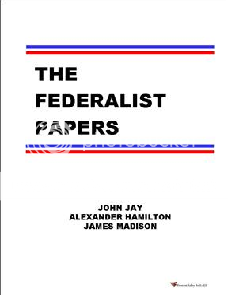RealWorldGraduation_Question_83_Rat_Sightings <– PDF
There are 8.143 million (8,143,000) people and an estimated 25 million (25,000,000) rats in the New York City metropolitan area. Suppose that the estimated rat population is accurate. The area of the metropolitan area is 322 square miles (8,976,844,800 square feet). Therefore, density of rats is 25,000,000/8,976,844,800 = .002784 rats per square foot, or one rat for every 359 square feet. Likewise, the density of people is 8,143,000/8,976,844,000 = .000907 persons per square foot, or one person per 1102.4 square feet. Since the density of rats is higher, and an area of 359 sq. ft. is a square with sides 18.9 ft long, and since the distance from the center of such a square to any corner (where a person could be) is 26.8 ft, a researcher has concluded (to a first approximation) that a person in New York City is at most (on average) 26.8 ft. from a rat.
On the other hand, another researcher conducted a survey about how often rats are observed in New York City. Some people reported seeing rats every day, while others could not recall the last time they saw one, even for protracted periods. A survey was taken in 2002. In the survey, people were asked if they had seen rats or evidence of rats in their homes in the previous 90 days. On the upper end, 43% of Hispanic people with income less than $25,000 had seen rats or evidence of them, while only 10% of white people making over $50,000 saw them [1]. Other income levels among whites and Hispanics fell between these two extremes, as did the data for black people of all income levels.
How can these two sets of facts about rats be reconciled?
a) They can be reconciled if one recalls that white people and some upper-class black people have high rates of baseball bat ownership, which rats fear the most.
b) They can be reconciled if one realizes that some people in New York live in expensive neighborhoods and others live in slums because they are victims of the rich. Since rats prefer to live in the poorer neighborhoods because the rodent controls are not as effective, it is logical that some (the poor) see rats every day while others (the rich) never see them.
c) They can be reconciled if one recalls that averages do not apply here because rats prefer to live near people of Hispanic descent because Hispanics throw out a lot of unused vegetables, which are the favorite food of rats.
d) The data can be reconciled because most blacks and nearly all whites will deny or minimize any rat problems in their homes.
e) The data can be reconciled because most Hispanics will exaggerate any rat problems in their homes.
[1] A. Karpati, B. Kerker, F. Mostashari, T. Singh, A. Hajat, L. Thorpe, M. Bassett, K, Henning, T. Frieden, Health Disparities in New York City, NY: New York City Department of Health and Mental Hygiene, 2004, p. 23



